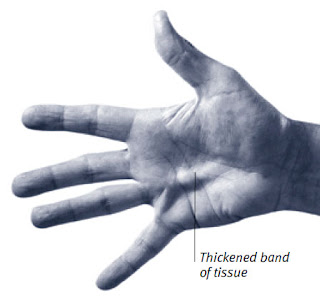The Drug - A chemical substance that alters the function of one or more body organs or the process of a disease. Drugs include prescribed medicines, over-the-counter remedies, and various substances (such
as alcohol, tobacco, and drugs of abuse) that are used for nonmedical purposes.
CLASSIFICATION AND LICENSING
Drugs normally have a chemical name, an officially approved generic name (see generic drug), and often a brand name. Drugs for medical use are either licensed for prescription by a doctor only or can be bought over the counter at a chemist’s or supermarket. Most drugs are artificially produced to ensure a pure preparation with a predictable potency (strength). Some drugs are genetically engineered. A drug is classified according to its chemical make-up, or the disorder it treats, or according to its specific effect on the body. All new drugs are tested for their efficiency and safety. In the UK, drugs are licensed by the Medicines and Healthcare products Regulatory Agency (MHRA). A licence may be withdrawn if toxic effects are reported or if the drug causes serious illness.
USES
Drugs can be used to relieve physical or mental symptoms, to replace a natural substance that is deficient, or to stop the excessive production of a hormone or other chemical by the body. Some drugs are given to destroy foreign organisms, such as bacteria or fungi. Others, which are known as vaccines, are given to stimulate the body’s immune system to form antibodies.
METHODS OF ADMINISTRATION
Drugs are given by mouth or injection, or are applied directly or indirectly to the affected site via transdermal, nasal, and other direct routes (for example, to the lungs through an inhaler). Drugs that are injected take effect more rapidly than those taken by mouth because they enter the bloodstream directly, without passing
first through the digestive system. There are different routes for injection. The fastest is intravenous; intramuscular is also fast because muscles have a good blood supply; subcutaneous injection is the slowest method, but is easier for self-administration of drugs.
ELIMINATION
Unabsorbed drugs are broken down in the liver. Those taken orally are excreted in faeces; those that have entered the bloodstream are eliminated in urine.
ADVERSE EFFECTS
Most drugs can produce adverse effects. These effects may wear off as the body adapts to the drug. Adverse effects are more likely if there is a change in the absorption, breakdown, or elimination of a drug (caused, for example, by liver disease). Unexpected reactions sometimes occur due to a genetic disorder, an allergic reaction, or the formation of antibodies that damage body tissues. Some drugs interact with food, alcohol, or other drugs. Many drugs can cross the placenta; some affect the growth and development of the fetus if taken by a pregnant woman. Most drugs can pass into the breast milk of a nursing mother, and some have adverse effects on the baby.
Read More






